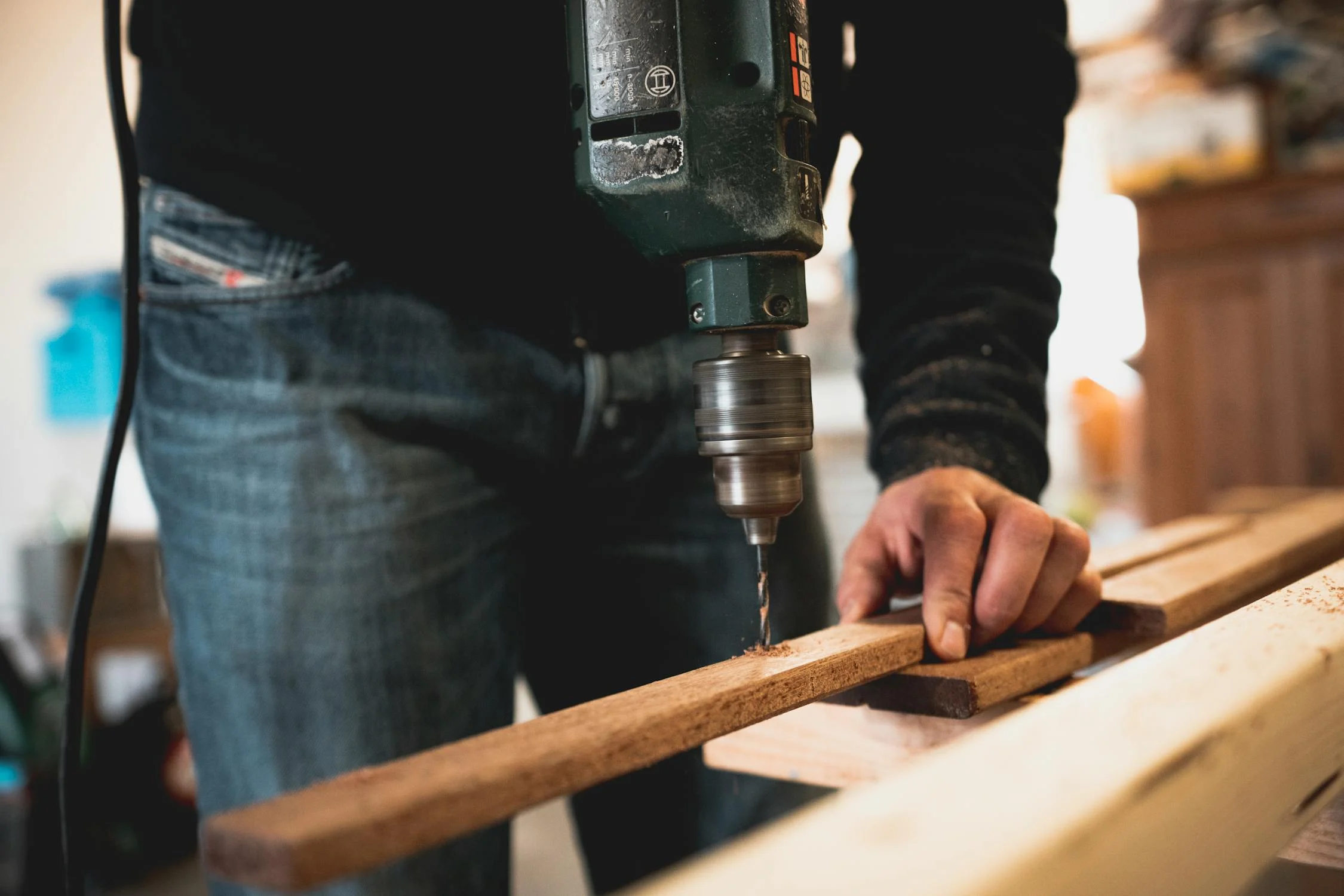In the world of do-it-yourself (DIY) crafting, the magic often lies in the materials chosen for a project. Salvaging and selecting the right materials not only infuse character into your creations but also contribute to a sustainable and eco-friendly approach. Join me on a journey into the art of treasure hunting, as we explore where to find the perfect materials for your DIY endeavors and discover the hidden potential within discarded items.
Chapter 1: The Thrill of the Hunt
Salvaging materials for your DIY projects is akin to embarking on a treasure hunt. Thrift stores, flea markets, and even garage sales become your stomping grounds, offering a plethora of potential gems waiting to be discovered. Embrace the thrill of the hunt as you explore these treasure troves, keeping an open mind for the unexpected.
Chapter 2: Thrift Stores: Hidden Treasures Await
Thrift stores are goldmines for salvaging materials. From vintage furniture to unique trinkets and discarded fabrics, these stores offer a diverse array of items waiting to be repurposed. Develop a keen eye for potential, and don’t shy away from envisioning how a neglected item can be transformed into something extraordinary.
Chapter 3: Flea Markets: Uncover Antique Charms
Flea markets are veritable wonderlands for DIY enthusiasts. Here, history mingles with craftsmanship, and you’re likely to stumble upon antique furniture, vintage tools, and eclectic odds and ends. Uncover the charm of bygone eras and envision how these pieces can be salvaged and integrated into your modern-day creations.
Chapter 4: Garage Sales: Neighborhood Gems
Your neighbor’s garage sale might just be the source of your next crafting adventure. Explore these local treasures for items ranging from old frames and furniture to forgotten DIY tools. Strike up conversations with sellers; sometimes, they might have hidden gems tucked away or be willing to part with items at a bargain.
Chapter 5: Estate Sales: Time Capsules of Inspiration
Estate sales often offer a unique glimpse into the past. These sales can yield treasures like vintage clothing, antique furniture, and family heirlooms. Dive into these time capsules, appreciating the stories behind the items you find and envisioning how they can be repurposed to fit seamlessly into your modern DIY projects.
Chapter 6: Online Platforms: Virtual Treasure Chests
In the digital age, online platforms have become virtual treasure chests for salvaging materials. Websites and apps dedicated to buying and selling secondhand items provide a convenient way to discover unique pieces without leaving the comfort of your home. Browse through listings, negotiate prices, and have your salvaged finds delivered to your doorstep.
Chapter 7: Nature’s Bounty: Salvaging Natural Materials
Don’t overlook the beauty of salvaging materials from nature itself. Fallen branches, driftwood, seashells, and stones can add a touch of organic charm to your DIY projects. Venture into your surroundings with a discerning eye, and let the textures and shapes of natural materials inspire your next crafting endeavor.
Conclusion:
Salvaging and selecting materials for your DIY projects is a thrilling and rewarding endeavor. By embracing the art of treasure hunting in thrift stores, flea markets, garage sales, estate sales, online platforms, and even nature itself, you not only infuse your creations with character but also contribute to a more sustainable and eco-friendly lifestyle. So, put on your adventurer’s hat, sharpen your eye for potential, and embark on the exciting journey of salvaging materials for your next crafting masterpiece.



